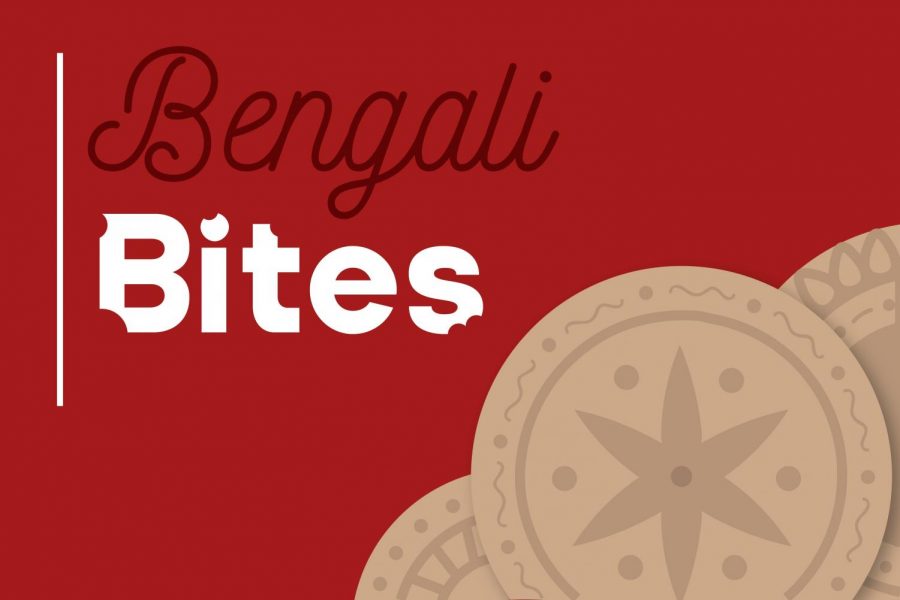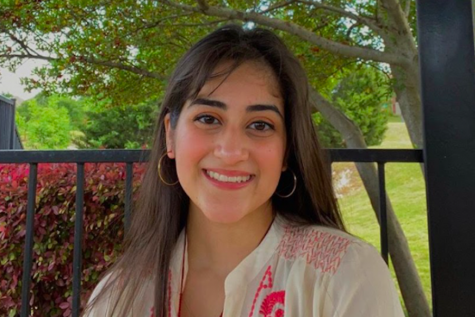Bengali Bites: Pani vs. Jol
Wingspan’s Ananda Ghoshal delves deeper into the world of Bengali food and shares her thoughts.
January 22, 2021
Normally, when I talk to other Bengali-speaking people, the conversation starts out with asking whether or not we were either Bangladeshi or Indian Bengali. As I got older, and started speaking in Bangla to some of my friends, I get why: there are such small subtle differences in the way words are pronounced or what words are replaced by another! The biggest one I noticed was the difference between “pani” and “jol”. With that being said, these differences don’t make too much of a challenge when it comes to speaking to someone from Bangladesh – our dialects are different. It’s similar to how in the northern part of the United States, people may call “soda”, “pop”.
But I’ve always wondered, isn’t pani a Hindi word? Well, although both words indicate the same thing – water – the actual differentiation didn’t occur until around the late nineteenth century when there was regional bias between Bengali Muslims and Bengali Hindus. For context, around 90% of Bangladesh’s population of 163 million is Muslim, whereas 71% of West Bengal’s population of 90 million is Hindu. It was when the regional bias between the language occurred, that the majority of Bengali Muslims in Bangladesh adopted the word “pani” and the latter “jol”.
The act of referring to water as “pani” was derived from attempts made by clergy and other religious figures to properly “Islamicize” the Muslim population of Bangladesh, and to distinguish them from their Bengali Hindu counterparts. They did this by using alternative words which have Arabic/Persian/Urdu roots- which I think is fascinating to learn about.
I think it’s really interesting that even while using alternative words, these words are not primarily reserved for just Bangladeshis – but honestly, it also depends on what words you are used to using, and what words you were raised on.








Debkumar • Feb 14, 2021 at 7:52 am
I think the word jol is the holy or sacred name for water. Even Hindi speaking Hindus call –” jol charana ” when offering water to a deity during puja. Similarly Ganges water is called Ganga jol and not Ganga pani by Hindi speaking Hindus.